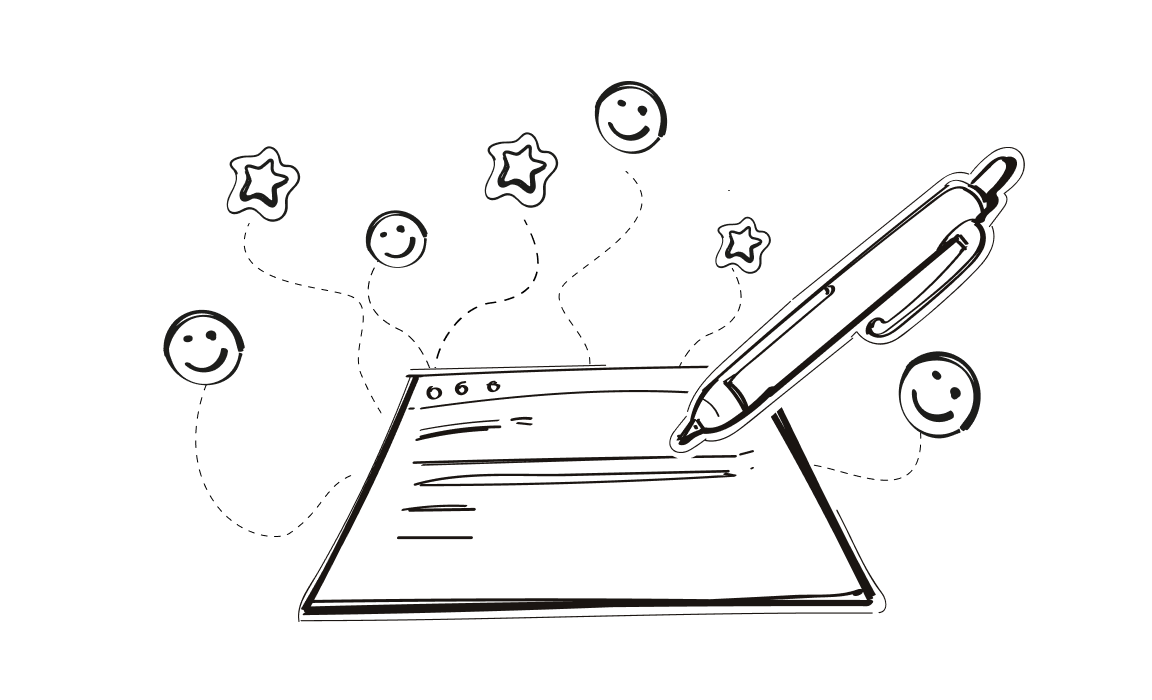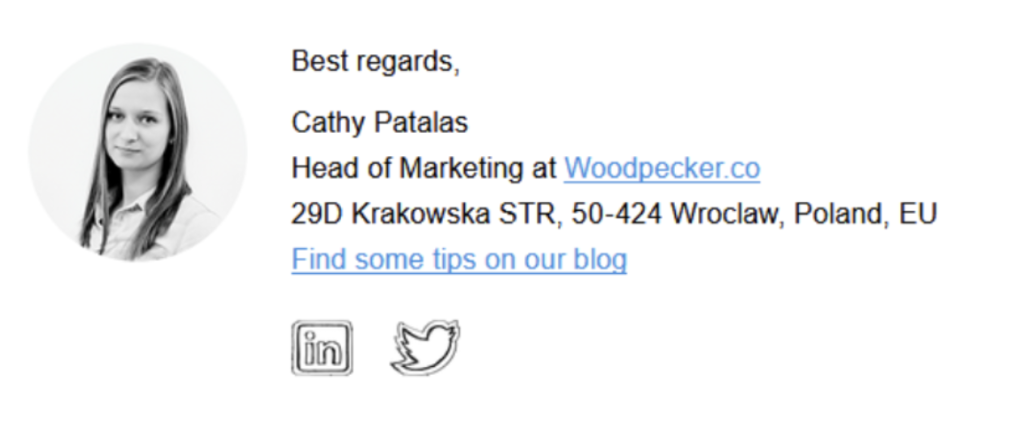Here’s your mission, should you choose to accept it. Write a brief email to someone who doesn’t know you and who is not expecting to receive anything from you and persuade them to do something that you ask.
This is the task facing anyone using cold outreach to start conversations.
And although composing cold emails is very different from other kinds of outreach, like marketing emails, they also rely on the use of a powerful skill — persuasion.
That’s why I’ve put together these 9 tips for making your cold emails more persuasive. Use them to max out the persuasive power of your next cold email campaign and you’ll see that, while sometimes a challenge, finding success with cold emails definitely isn’t mission impossible.
Max out your personalization
Let’s start with the most obvious tool for making your cold emails more persuasive. With the personalization options available at your fingertips, there is no excuse for sending generic, one-size-fits-all messages. If you ever send two emails that are exactly the same to different people, you are definitely doing it wrong.
Personalized messaging, from the simple use of first names to more advanced references to recipient characteristics, is a sign that you have invested the time and effort needed to understand their needs and challenges.
The goal behind personalization is to make every recipient feel like they were the only one who received an email from you. They’re supposed to feel like you’re starting a one-to-one, private conversation with them. Anything less than that might go straight to the spam folder.
What it might look like
I see from your recent post on LinkedIn that you’re interested in applying consumer data to the local real estate market…
Congratulations on ABC Company winning that huge contract for the downtown development project — I read about it online…
I saw the news about your promotion to General Manager and I’m really impressed with your work…
Use a subject line that no one can refuse
Persuasion starts even before you get to the body of the message. Your subject line has a vital role to play — getting the recipient to open the message. If your subject line is weak, none of the other work you put into crafting the cold email matters because few people will see it.
Craft a subject line that triggers curiosity or addresses a pain point. Think about using numbers, questions, or intriguing statements to entice the recipient to open the email.
It’s easy to cross the line here and get into clickbait territory, so be careful. There’s a fine line between a killer cold email subject line and something that will set off alarm bells for every spam filter on the planet.
Instead of going for shock value, try to provide a hint of the value you’re offering.
What it might look like
Get your spending under control by the end of the year with this rule
Congrats on being the new GM at Company X
Don’t be the last to streamline the way you X
Make your value proposition clear
I’m sure you’ve seen one of those television commercials that give you no idea what they’re selling until right before the end. That might be ok for a visual storytelling format that wants to keep you engaged for the full thirty seconds but cold emails don’t work like that.
Cold emails are no place for long introductions or lots of background info. Remember that the recipient is often looking for the first excuse to hit the ‘Delete’ button.
Within the first two or three lines of your email, you need to clearly communicate the value you’re offering. Be concise and to the point. Explain how your product, service, or collaboration can solve a specific problem or enhance the recipient’s current situation. Highlight the benefits they stand to gain by engaging with you.
What it might look like
We can perform an audit that will tell you exactly where your resources are being wasted…
If you use our free trial, you’ll discover how much more you can accomplish…
Our new ebook will show you the new opportunities that await…
Establish your credibility
Using social proof on your own behalf is a shortcut to instant credibility, which is necessary to build trust with recipients. It’s a lot easier to persuade someone to consider your message when you have established yourself as someone worth listening to.
Fortunately for anyone sending cold emails, it is simply in our nature to lend credibility to people, organizations and others who win awards & competitions, have a high profile in a certain area or industry and generally enjoy a degree of recognition. Wouldn’t you trust a company with a lot more customers than their competitors? If I tell you that a very well-known company is my client, don’t I look better in your eyes?
Any kind of legitimate professional achievements, whether yours individually or your organization’s, should be included in your message to help show that you are worth trusting, you are a credible source and the products or services you offer meet high standards.
What it might look like
As a two-time winner of the local Real Estate Agent of the Year, I know what property owners and buyers are looking for…
There’s a reason why we have been ranked among the top financial advisors for the last seven years…
I want to help you see why (magazine) says that we have the most unique solution on the market…
Don’t be too salesy
It’s likely that you don’t even realize it when you’re breaking this rule, but it’s very easy to do. What might sound subtle or completely un-salesy in your opinion often comes across as much more aggressive than you think. It takes a lot of practice to be persuasive without being salesy.
As I mentioned before, cold emails are different from marketing emails and staying on the right side of the line can be hard. Cold emails are about starting ongoing conversations, not concluding with a sale.
There’s always a temptation to ask for more or to try to make things happen faster. But being too pushy, rather than persuasive, can end the “conversation” right away. Remember — people are more likely to give you a chance if you sound like you’re trying to talk about solutions to a problem rather than sounding like “BUY THIS!” right from the start.
What it might *NOT* look like
Don’t miss this offer… (or any mention of “offers”)
Buy now and… (or any use of “buy”)
Any mention of price, sale, savings, etc. – if you’re talking about money, you’re on the wrong side of the line that I mentioned
Any links that take the recipient to a checkout page
Share something for free in a 100% non-pitch
This is kind of the flip side of the previous point. Try starting a conversation by offering something for free because you want to help. That’s it. No strings attached, no hidden agenda, no trick questions.
It could be an industry report or white paper you’ve published. Or maybe it’s sharing some interesting statistics that are somehow relevant to the recipient. Or it could be something prepared by you or experts on your team that can help the recipient’s business — there are lots of possibilities.
As a CTA, invite the recipient to share their thoughts with you, leave feedback or share your content further with whomever they think could benefit. Your only interest here is to be a source of help or inspiration, that’s it.
What it might look like
This report on the local real estate market should be a wake-up call for us all…
The insights in this report helped me so much that I want to share it with others in the industry…
I can’t believe I spent so many years in this industry before I discovered the insights that I’m sharing here…
Put things in terms of their choice
This is a very subtle way to persuade, but persuasion is all about subtlety.
Here’s what I mean. In cold emails, you can’t be “salesy”, you can’t be pushy, you can’t be aggressive and many recipients won’t believe that a stranger is writing to them with an answer to their problems. It’s a tough position to start from and that’s why every bit of persuasion helps.
A powerful psychological tool you can use with recipients is to make it clear that all decisions remain in their hands. They decide what’s next. They make the next move (if they want to). They will take your advice or consider your message or whatever you want them to do if they want to.
Psychologists have found that adding “but the decision is yours” at the end of a conversation about making some kind of change can dramatically increase the chances that someone will in fact make that change. It creates the feeling that, once they’ve made that decision, it’s time to get back in touch with you and carry the conversation forward.
Careful, though – once is enough in something as short as a cold email, don’t repeatedly remind the prospect that “the choice is theirs”.
What it might look like
We have helped teams just like yours improve almost overnight for over ten years but you’re the best judge of whether or not we would be a good fit for you. Take a look at the report I shared and…
I can share a case study of our team at work and you can decide if it’s like the situation at Company X. Let me know if you see the similarities or not…
Of course, the decision is in your hands but I would recommend getting started sooner than later…
Get creative with your CTAs
Earlier, I said that every element of a cold email can help with the persuasion effort. Your CTAs are elements of your cold emails, aren’t they? Yes, and even here there is room for some creative thinking.
Too often, cold email CTA text feels like it was written once and never improved upon — “Want to learn more?”, “Interested?”, “Thoughts?” etc.
Shake things up a bit and put your CTAs to work in the persuasion game. Start by inverting the usual “yes/no” answers to make “No” the answer you want. Why? Well, we have to go back to the psychology books again and be reminded that it’s easier to get someone to give you a “No” for an answer than a “Yes”. Giving a “Yes” feels like it comes with an obligation to do something, whereas it’s always easy to say “No” just…because.
So, with this in mind, try using a CTA like “Opposed to learning more?” or “Satisfied with spending too much on your insurance?” or “Any objections to learning more?” etc. Let them give you an easy “No” while taking some kind of action at the same time.
Use a professional headshot in your email signature
Here’s one you probably weren’t expecting but it makes sense (and gets results). Give it some thought and see if it can work as well for you as it has for others.
Not everyone likes the idea of placing a photo of themselves in their email signatures and I get it. Shyness, self-consciousness, the judgment of others — all those reasons and more make this a tricky one for many.
Still, there is some powerful psychology at work here. Including a nice, professional image of yourself lends credibility to your message. It allows you to make virtual eye contact. It reminds people that there is another person on the other side of this conversation. It tells recipients that you’re more trustworthy because you’re actually putting yourself in the message you’re sharing — how could you have anything to hide if you’re right there at the bottom of the email, smiling back at everyone?
You can use our free email signature generator here.
What it might look like
Have a look at this blog post for a complete examination of what your email signature should look like, including your photo
Start persuading like a pro
It’s hard to use 9 tips at once so choose a couple that look the most interesting or easiest to do for you and start with them. Remember that persuasion is often more art than science and, like so many other things in the world of cold emailing, a little experimentation might be necessary before you find your winning formula.
Take advantage of these subtle but effective ways to build trust, keep recipients engaged and, above all, turn your cold emails into conversation starters.
READ ALSO
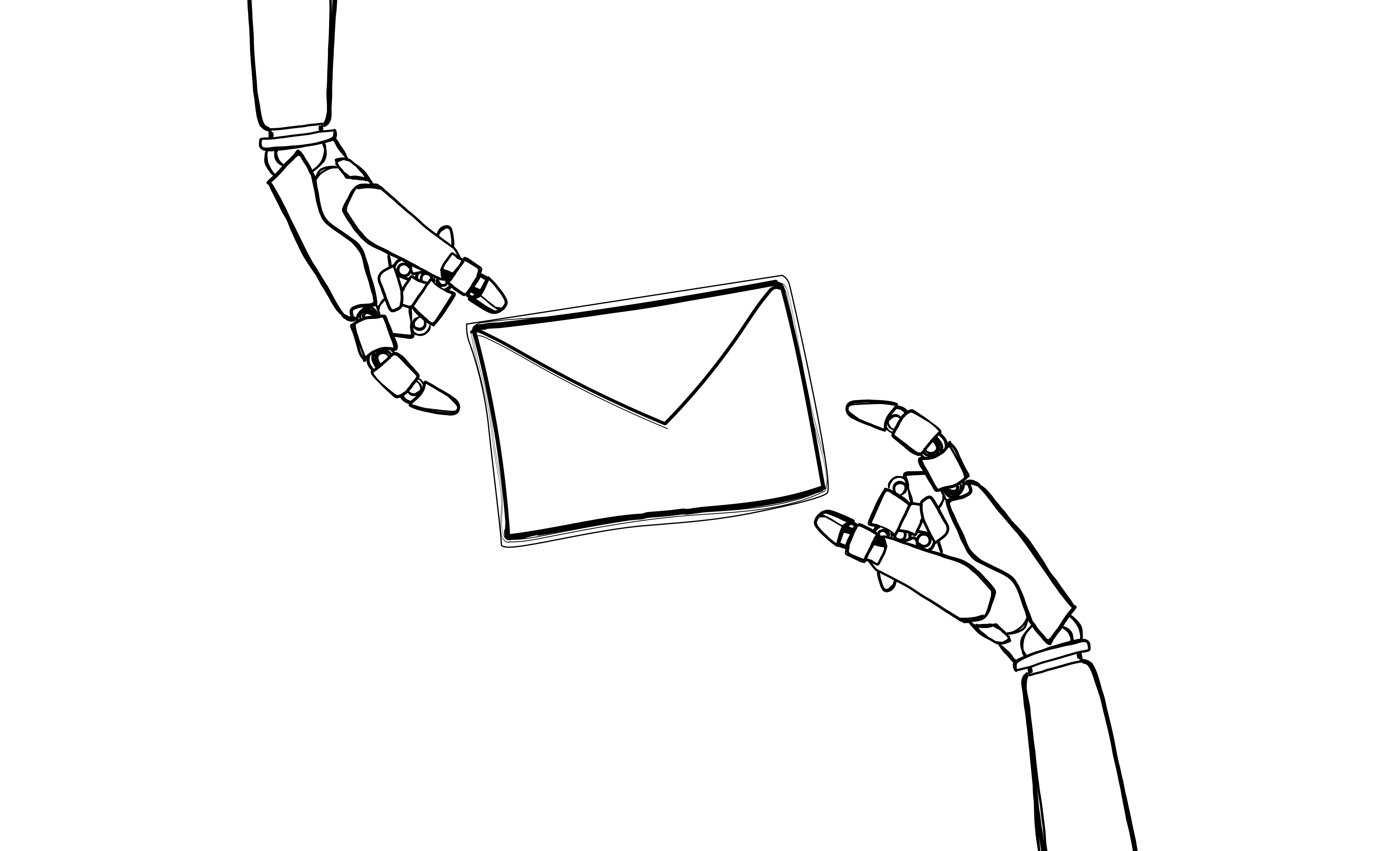
AI Guide for Writing Cold Emails: Part 1 – Frameworks
It’s no secret that AI text generation tools can get the job done faster than you can. And more creatively than you can. And with more detail than you can. And do it all in a hundred different ways you would probably never think of on your own.
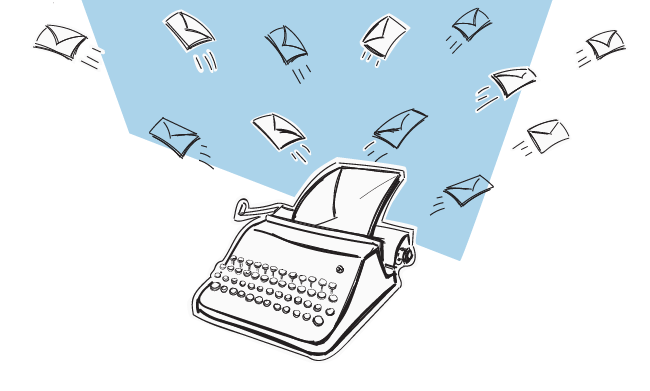
10 Tips to Write a Cold Sales Email From a Copywriter
Cold email copy can make or break your email campaign. A perfectly targeted prospect base won’t guarantee success if your message doesn’t catch their interest. Unfortunately, many cold emails fail to do that. The most common problems with cold email copy that I've come across are the lack of clarity, impersonality, unnecessary wordiness and egocentrism. These things make prospects delete the message without even reading it till the end. In this blog post, I want to share with you some copywriting tips that will help you write more prospect-oriented, valuable and engaging sales emails that will get opened, read and replied to.
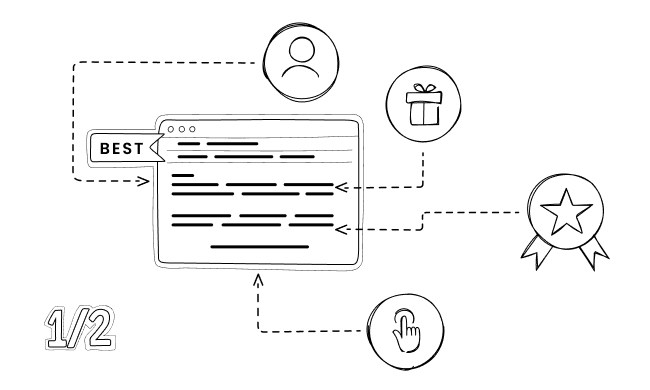
Best Cold Email I Ever Got: Analyzing 4 Real-life Examples (Part 1)
This is the blog post you’ve been waiting for… trust me. I asked four people from the Woodpecker team about the best cold email they ever got, and ran an in-depth analysis of their subject lines, email body and CTA.

